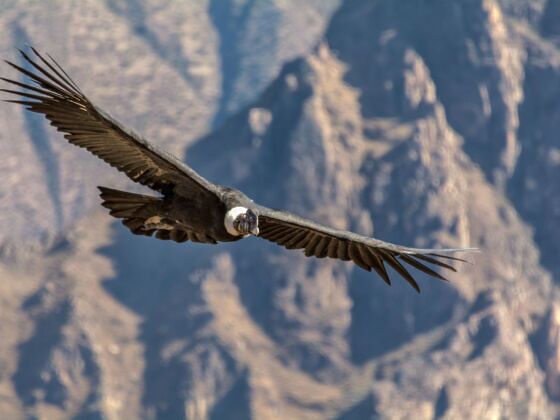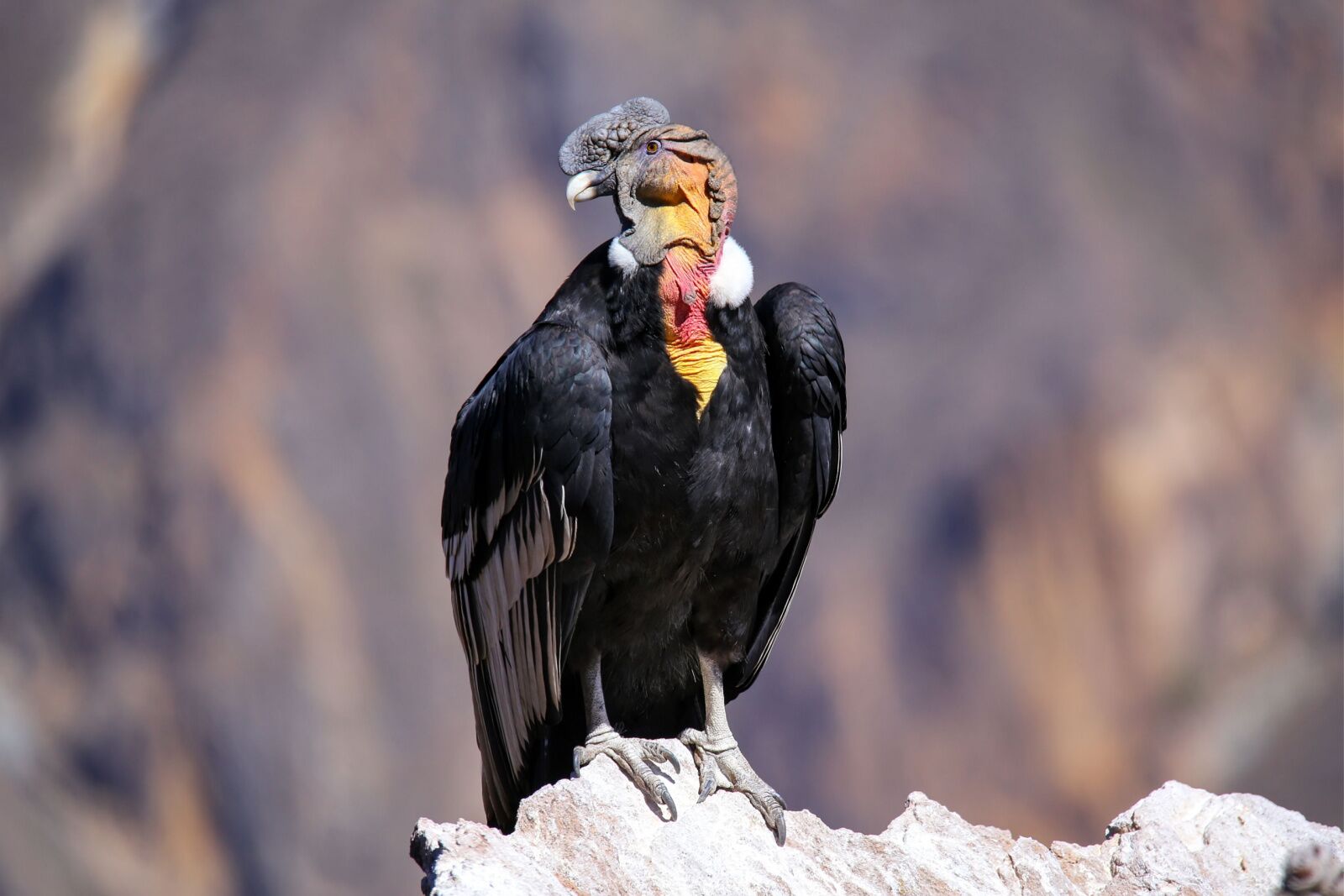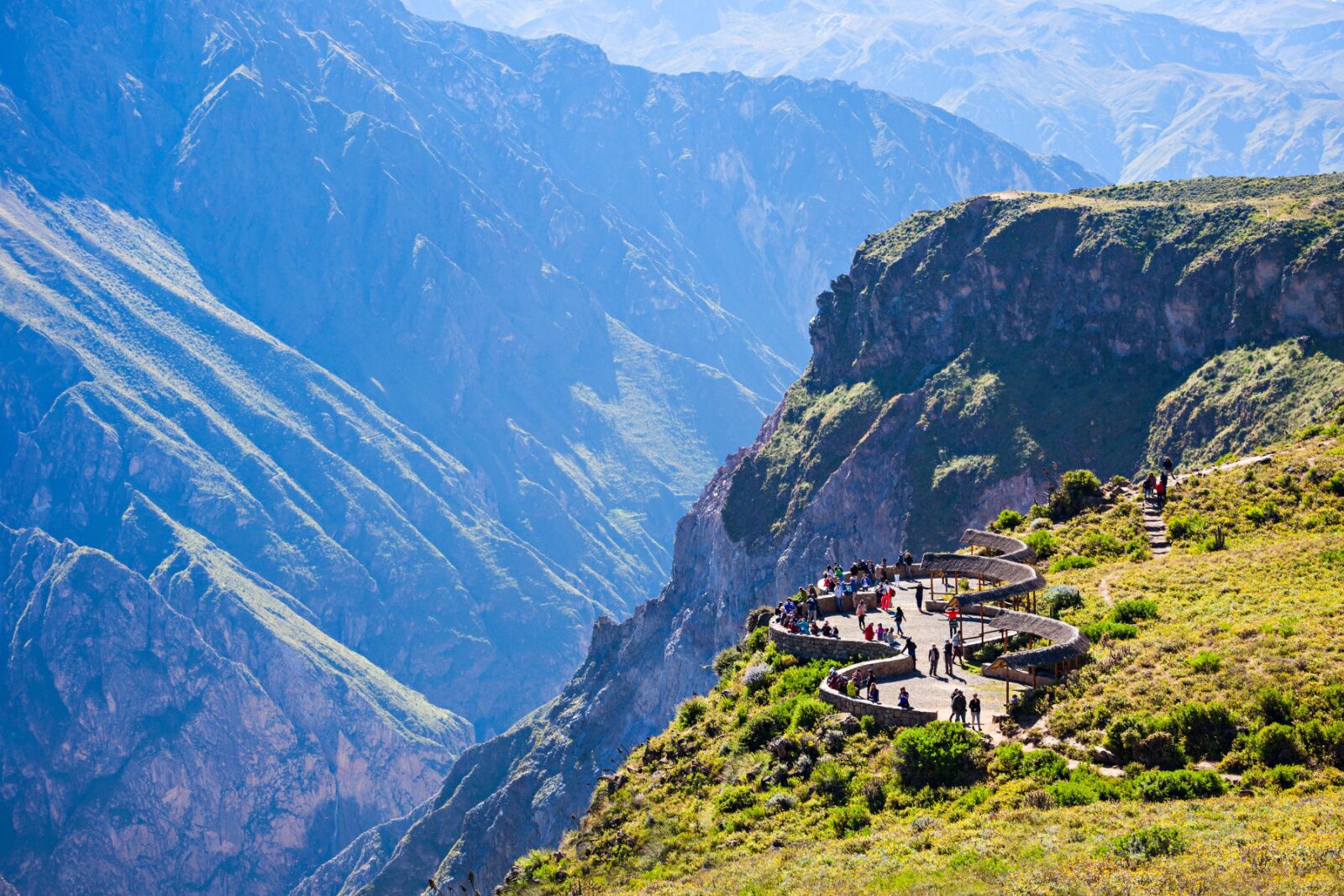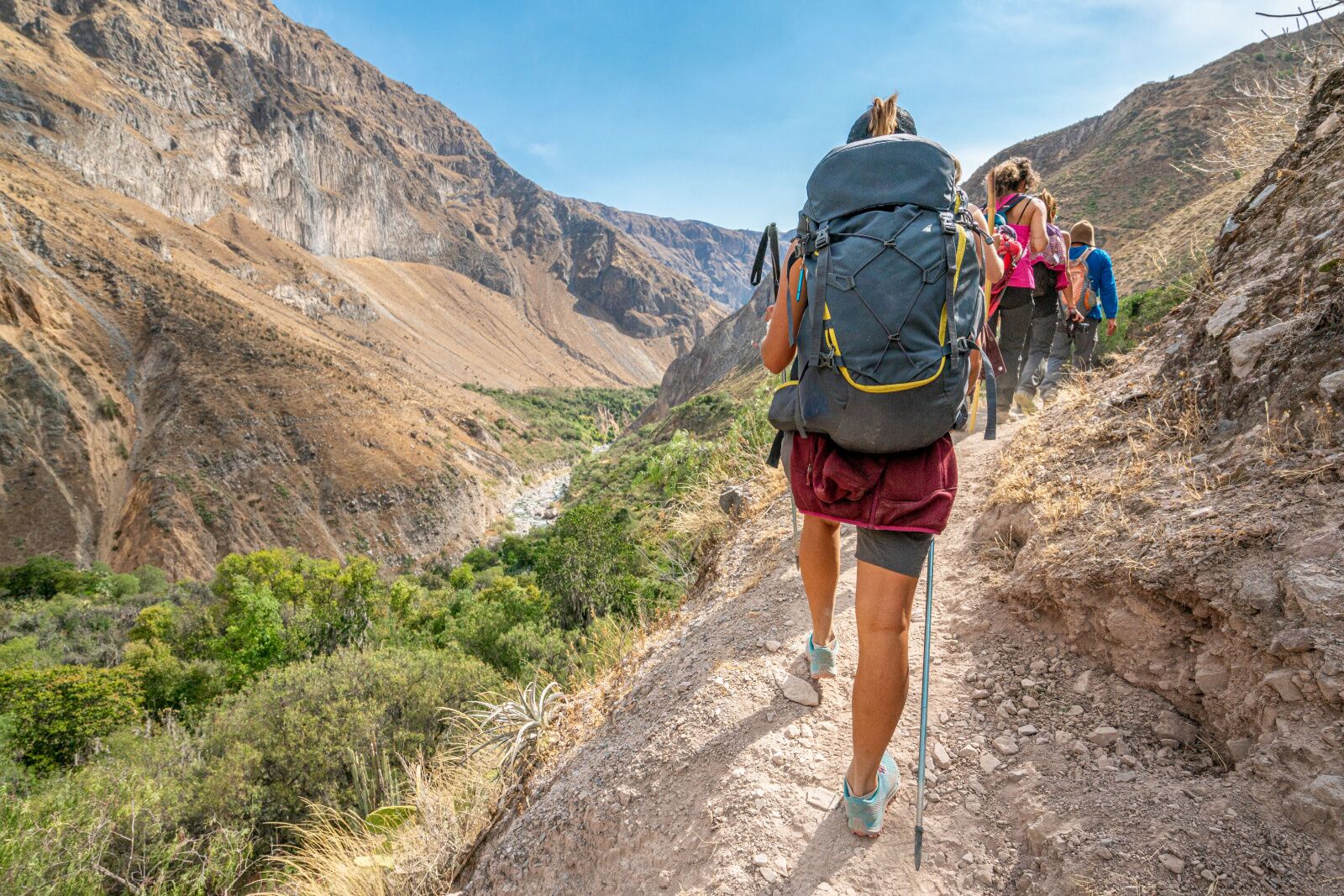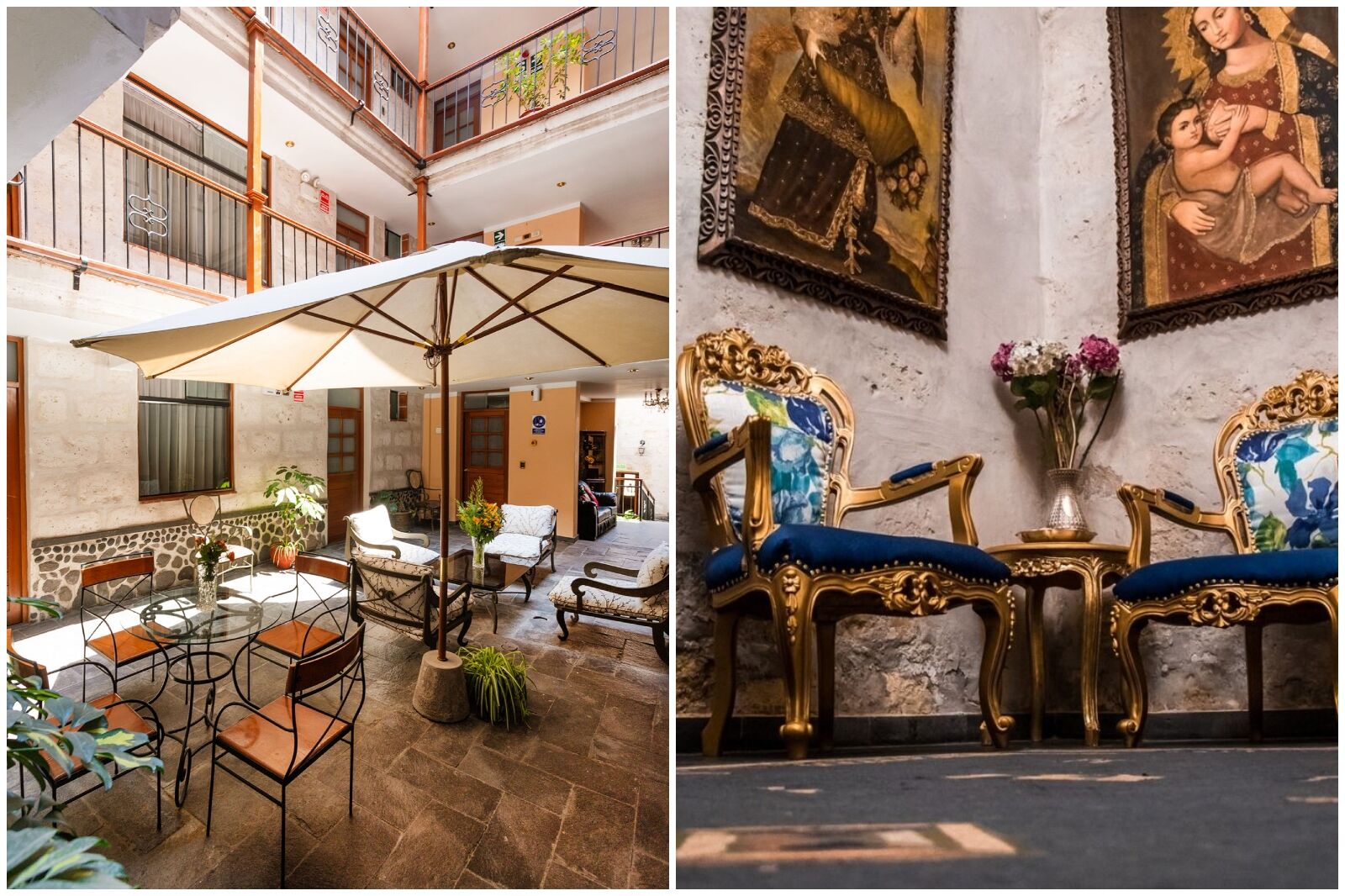When you visit Peru’s Colca Canyon to watch the majestic Andean condors, it may be a little hard to comprehend the size of the birds in the sky above you at first. But no, it’s not the early morning start time making your eyes play tricks on you: that’s King of the Andes up there.
The Andean condor is a common sight on visits to Peru’s Colca Canyon, an environment that allows them to show off wingspans of up to 11 feet. It’s become one of the most popular places in the world for both birders, and anyone interested in seeing endangered species in the wild.
